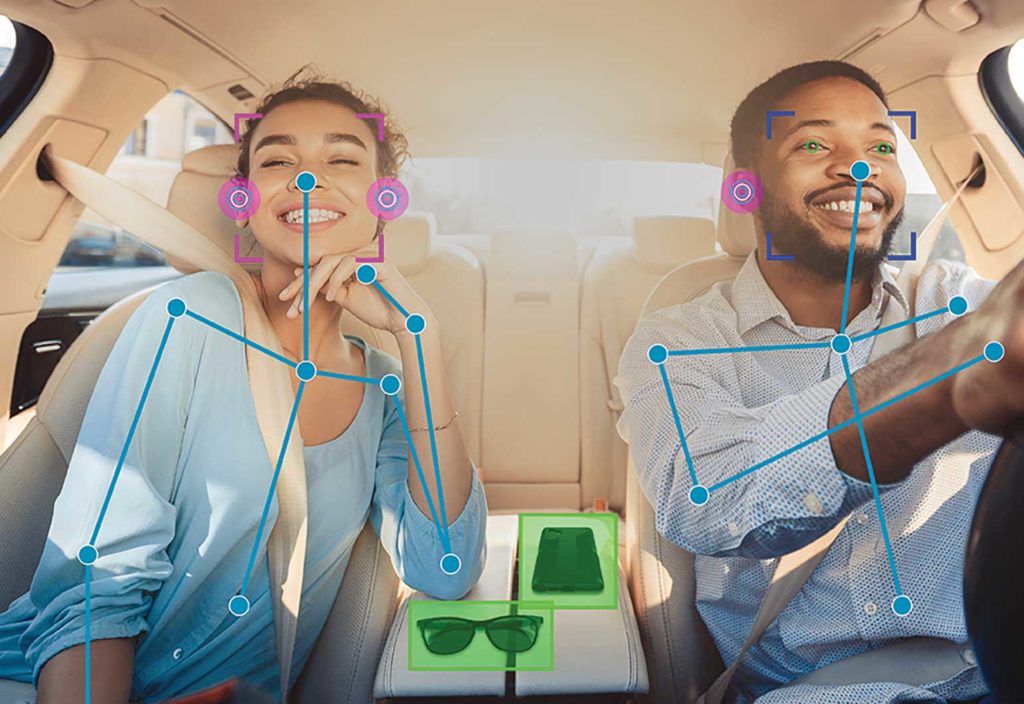Around the world, 1.35 million people die from road toll accidents per year — about 3700 deaths per day. Here are two technologies aiming to keep drivers safer on the roads.
The team at Australian business Optalert, which includes engineers, scientists, data analysts, software engineers, mathematicians and more, has developed a wearable drowsiness-measurement device.
It involves a set of tiny light-emitters and receivers built into the frame of a pair of driving glasses.
The technology measures the movement of a driver’s eyelids around 500 times per second, and sounds an alert when early signs of fatigue begin showing.
Lack of sleep, alcohol consumption and even time of day — based on circadian rhythms — slow down movement of eyelids. By constantly observing eyelid movement, the system can identify the moment a person becomes drowsy.
Optalert customers come from industries including mining, gas and oil, road transport, automotive, scientific research, pharmaceutical drug trials and neurological research.
Setting the scene
Technology developed by AI monitoring company Eyeris is less about fatigue and more about understanding what is going on within a cabin. It uses “state-of-the-art modelling techniques to automatically interpret complex visual behavioural patterns of occupants inside autonomous and highly-automated vehicles,” the organisation says.
Cameras within truck cabins can detect key points around the bodies of occupants, classify emotions and states (including drowsiness) from facial micro-expressions, and define what the occupants are doing — eating, reading, sleeping, drinking, or more.
It can detect, recognise and classify objects left inside a cabin, including phones, wallets or keys.
Up to six camera streams combine their data to provide real-time, ongoing analysis of what is happening inside a cabin. Such technology has various uses, including real-time management of autonomous vehicle fleets, helping manage the safety of passengers in autonomous vehicles, and checking the behaviour and state of drivers of highly-automated vehicles.
For more on innovative technologies keeping drivers safe, don’t miss our story on Seeing Machines, an Australian business developing systems that could one day be able to determine what drivers are thinking and feeling.



